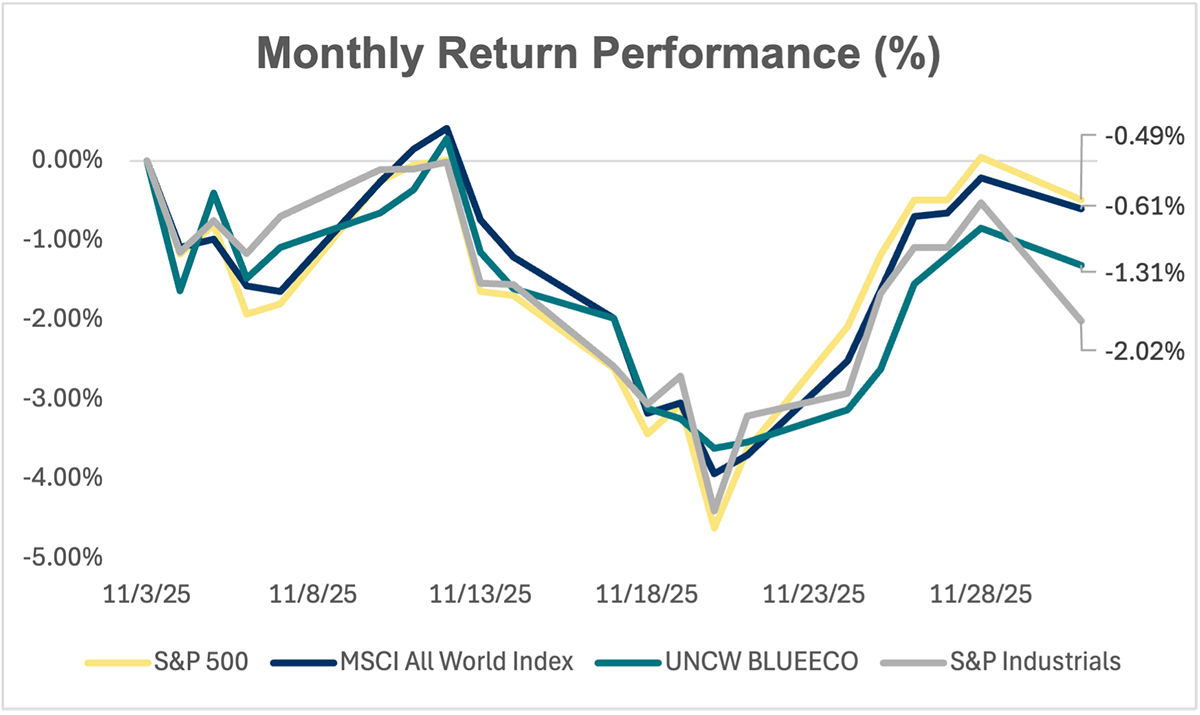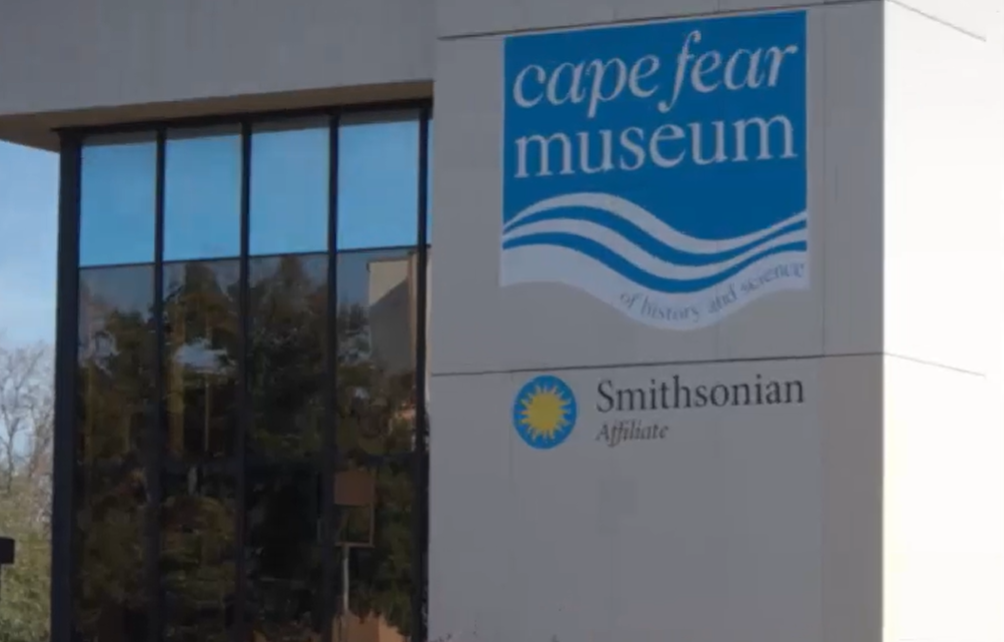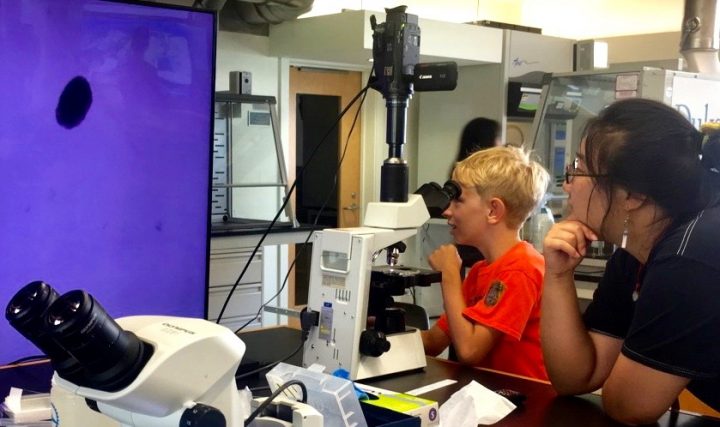
BEAUFORT — Visitors to the annual Duke University Marine Lab open house Saturday had the chance to hop on the lab’s research vessel, listen to underwater snapping shrimp, handle local creatures like fiddler crabs, peer at algae through a microscope, tour the drone facility, and much more.
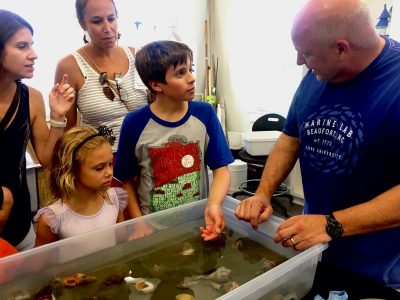
Established in the 1930s on Pivers Island in Beaufort, the campus includes research and teaching facilities used by a tight-knit community of faculty, graduate and undergraduate students, research scientists and outreach programs.
Supporter Spotlight
At the open house, students and scientists led hands-on activities and demonstrated how they conduct research in labs, at sea and abroad. Equipped with a campus map and activity descriptions, attendees were free to roam wherever curiosity took them.
Many wandered over to the popular touch tank station, where they could hold crawling starfish, slimy baby’s ear seashells, scallops with hundreds of eyes, and squirting tunicates.
Kathy Reinsel and Jim Welch, visiting professors from Wittenberg University in Ohio, collect small marine invertebrates for touch tanks each year. Reinsel and Welch spend summers at the Duke Lab to mentor undergraduates and conduct research, which focuses on how creatures like fiddler crabs forage and molt in coastal habitats.
Nearby at the Whale and Sound Discovery station, a small gray electronic box made a consistent pinging noise, which became louder when its antenna pointed towards a radio transmitter. Marine mammal researchers described how they use this technology to find small devices called digital acoustic recording tags, or DTAGs, in the open ocean. The DTAGs hitch a ride on a whale and record data about whale movement and underwater sounds.
“We essentially play a game of ‘hot and cold’,” explained Duke doctoral student Ashley Blawas, describing how they search for floating DTAGs from a research vessel after the recording is completed. Information downloaded from the DTAG can help determine how sounds in the ocean might affect whale behavior.
Supporter Spotlight
Open house visitors could experience the struggle of trying to find a tag, hidden on the Duke Lab campus, by using a handheld antenna just like the seafaring researchers use on a boat.
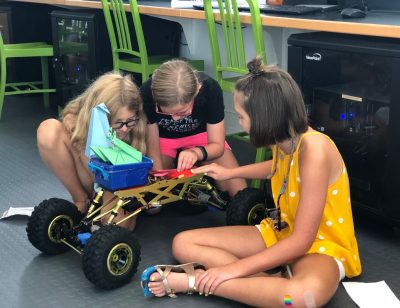
In addition to scientists that study microscopic organisms, invertebrates, and marine mammals, the Duke Lab is also home to scientists who study people.
“Social scientists go to different places around the world to learn about different people. We study how people fish,” explained postdoctoral researcher Maria del Mar Mancha-Cisneros to a group of young visitors who escaped the heat and bustle for story time. She and fellow postdoctoral researcher Crisol Mendez-Medina interacted with attentive groups of children, telling stories of how people from Mexico to Mozambique collect fish and crustaceans to eat and sell
Visitors could also step onto the research vessel Richard T. Barber with Capt. John Wilson, and imagine they were dashing offshore to tag whales or collect bacteria samples. Duke Lab Associate Director Rebecca Smith showcased the designs for a new, larger vessel to be used for research, teaching, and outreach. The vessel is currently under construction and replaces the R/V Cape Hatteras, which Cape Fear Community College purchased in 2013, and the R/V Susan Hudson, which was retired in 2014.
Opening the lab’s doors not only lets visitors learn about what goes on at the lab, but also helps them recognize the Duke Lab as a community partner. Many attendees return every year. Next summer, they’ll likely be able to view the new research vessel and see further research updates and new faces at the lab.





